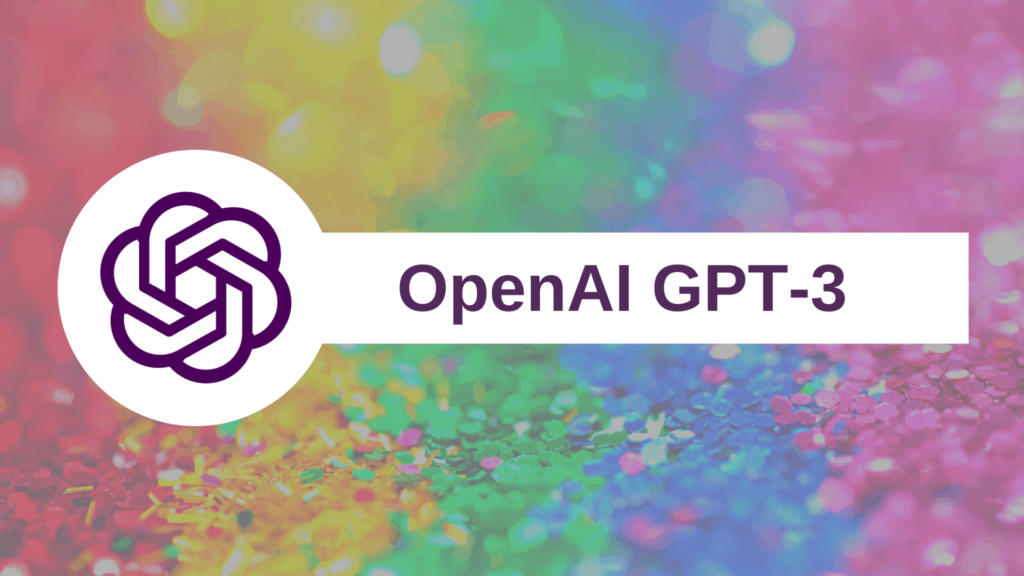GPT-3 (Generative Pre-training Transformer 3) is a deep learning model developed by OpenAI that has the ability to understand and generate human-like text. This model represents a significant step forward in the field of natural language processing (NLP) and has the potential to revolutionize the way we interact with and understand language.
GPT-3 is based on the transformer architecture, which is a type of neural network that is particularly well-suited for processing sequential data such as text. The model has been trained on a massive amount of text data, allowing it to learn the statistical properties of language and to generate highly coherent and fluent text. One of the major advantages of GPT-3 is its ability to perform a wide range of NLP tasks, such as text summarization, machine translation, and text generation, without the need for fine-tuning. This is known as zero-shot learning, and it allows the model to perform new tasks without the need for additional training data.

Another significant feature of GPT-3 is its ability to generate highly human-like text. The model is able to understand and generate text that is highly coherent, fluent, and natural-sounding, making it ideal for a wide range of applications such as chatbots, virtual assistants, and creative writing. This has led to GPT-3 being used in a wide range of applications such as writing emails, composing poetry, and even coding.
GPT-3 can also be used in the field of language translation, providing accurate and fluent translations. Additionally, GPT-3 has potential in the field of content creation, where it can be used to generate summaries of news articles, write emails, and even coding. This can help individuals and companies to create more engaging and effective content without the need for manual writing work.
Despite its potential benefits, GPT-3 has also attracted attention for its ethical and societal implications. As GPT-3 is able to generate highly human-like text, there are concerns about its potential use in creating fake news, impersonation, and other malicious activities. Additionally, GPT-3 has been criticized for its lack of diversity and bias in its training data, which can lead to the model generating text that is biased or offensive. OpenAI has acknowledged these issues and has been working towards addressing them through various initiatives such as promoting responsible use of GPT-3 and developing ways to fine-tune it to specific tasks.
In conclusion, GPT-3 represents a significant step forward in the field of natural language processing and has the potential to revolutionize the way we interact with and understand language. Its ability to perform a wide range of NLP tasks without fine-tuning and its ability to generate highly human-like text make it ideal for a wide range of applications such as chatbots, virtual assistants, creative writing, language translation and content creation. However, it’s important to consider the ethical and societal implications of this technology and find ways to mitigate any potential negative consequences.
